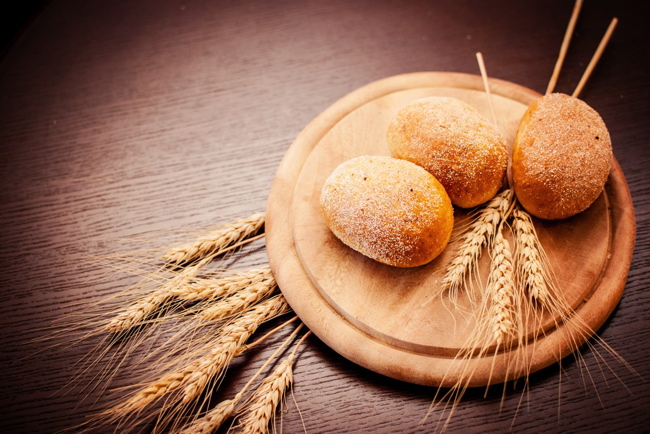THURSDAY, AUGUST 1: As August begins and grains turn golden in the fields, Christians, Pagans and many others from areas of England, Ireland and Scotland mark centuries-old harvest festivals. The customs once were so well known that Shakespeare could use a reference to Lammas as a symbolic date in his tragedy Romeo and Juliet. Juliet’s birthday was Lammas Eve.
Today, families with cultural roots in the UK may mark either Lammas or Lughnasadh. Pagan groups maintain various customs related to these traditions, regarding this point in the year as a “feast of first fruits.”
Historically, it was customary to bring a loaf of bread made from the new wheat crop to the church for a blessing on August 1, or Lammas Day.
It is gratitude for the change in seasons—from a season of planting to a season of harvest—that marks today’s observance. Lughnasadh customs were more commonplace until the 20th century, though evidence of ongoing tradition is seen in the popular Puck Fair of County Kerry and Christian pilgrimages. Throughout Ireland’s history, significant mountains and hills were climbed at Lughnasadh; the custom was brought into Christianity when Christian pilgrimages were undertaken near August 1. The most well-known pilgrimage of this type is Reek Sunday, a trek to the top of Croagh Patrick in County Mayo in late July that continues to draw tens of thousands of Christian pilgrims each year.
Family reunions are still common among the Irish diaspora near August 1, and in Ireland, several towns have recently created Lughnasadh festivals and fairs to parallel Puck Fair.
For Christians, Lammas has been a time for blessing loaves made of fresh wheat. In time, Christians also created a version of the Scottish Highland Quarter Cake for Lammas, which bore Christian symbols on the top. (Catholic Culture has a recipe.)
In the Neopagan and Wiccan faiths, Lughnasadh is one of eight sabbaths and is the first of three harvest festivals. Ancient Celtic myth describes a god of sun, of light and brightness: He is Lugh, the deity for whom Lughnasadh is named. Ever mirthful, Lugh is honored alongside his foster mother, Tailtiu, who is said to be responsible for introducing agriculture to Ireland. The story of Lughnasadh is one of the cycle of life, of the harvesting of grains and crops, and of one season’s fruits dropping seeds for the next. Today, common foods on the table at Lughnasadh are apples, grains, breads and berries.
Interested in making a Lammas loaf? Try this recipe, from Recipes for a Pagan Soul:
4 cups all purpose/bread flour
3 teaspoons baking powder
1 teaspoon salt, to taste
3/4 teaspoon baking soda
1 cup raisins
2 eggs
1 1/2 cups buttermilk
Stir flour, baking powder, salt, baking soda and raisins together. Separately, fork-blend eggs and buttermilk, then add to dry ingredients. Stir until sticky batter is formed. Scrape batter onto a well-floured surface and knead lightly. Shape batter into a ball, then place in a round, non-stick casserole dish that has been sprayed with cooking spray. Bake uncovered in preheated 350-degree oven for about 1-1/4 hours.
Wait 10-15 minutes before attempting to remove bread from casserole, then cool on wire rack. If desired, cut loaf into quarters and then slice thinly.
